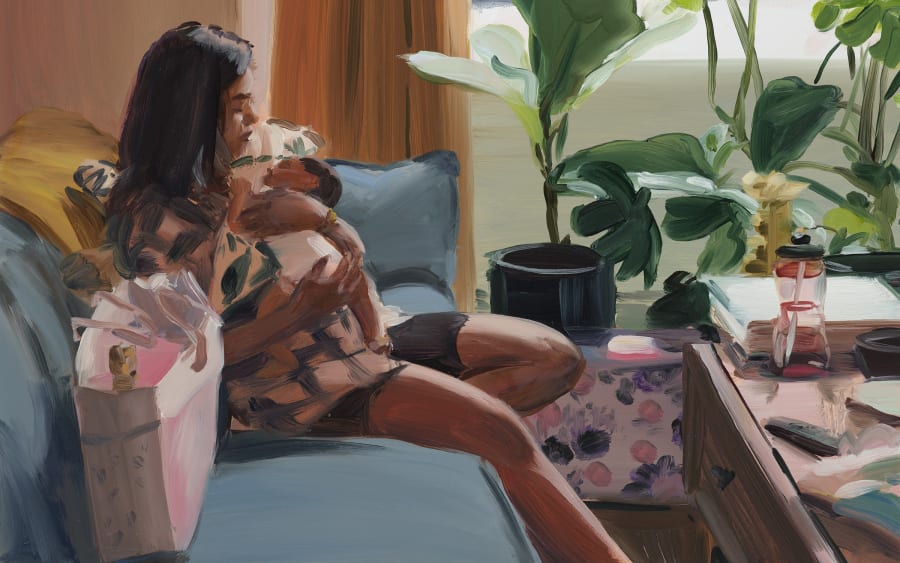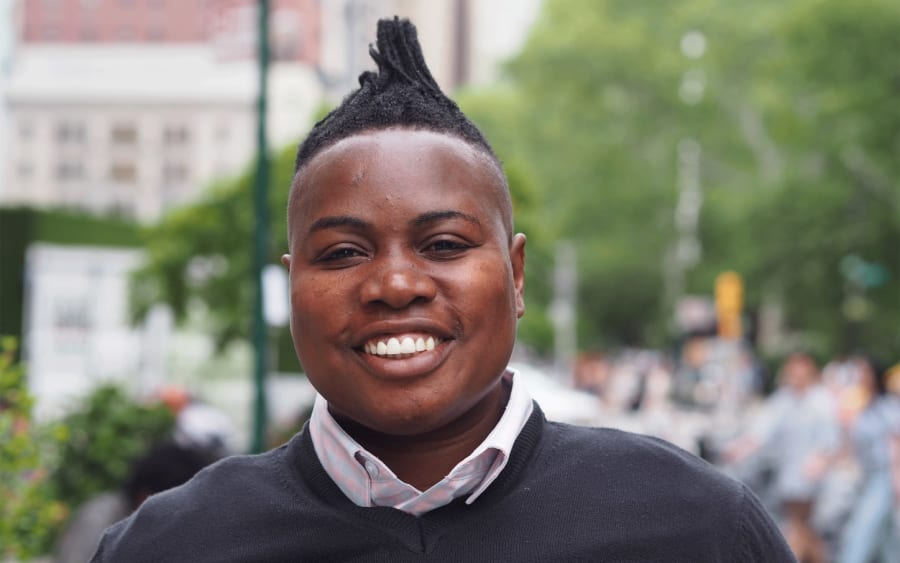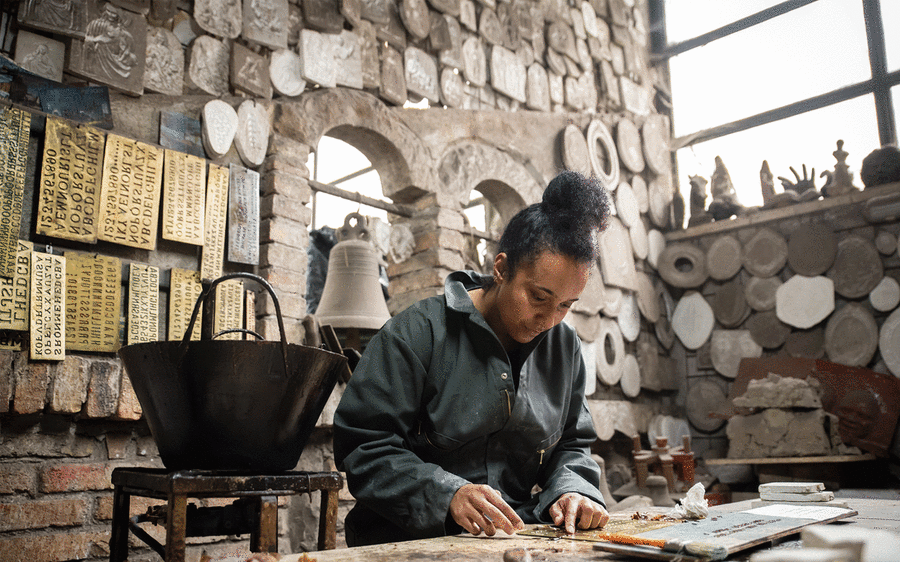This March Art Basel Stories celebrates female creativity and leadership with a new series of interviews, 'What I've learned'. In these, some of the many figures we admire across the art industry reflect on what got them where they are.
‘It was through photography that I became interested in art. When I was a child, my dad subscribed to a Time Life book series, and I remember I was always looking at them. I loved to read, but I would say that, above all, I first understood things visually. That was how I learned about the way things worked. It was my entrance into almost everything.
‘In the early 1980s I went to the School of Visual Arts in New York to study photography. Because there was such a thing as rent control in those days, you could get a 2,500-square-foot loft on Park Avenue for $500 a month and pack it full of roommates. We built a dark room and I did a lot of photography jobs. But then I began to lose interest, partly because, although they were great, my teachers hadn’t even heard of artists like Cindy Sherman. I also realized how isolating it was, having to spend 12 hours a day in the dark. I was much more interested in what other people were doing.
‘In 1984 I left the program early to start the gallery. I began just showing artists I liked or was exposed to at that stage. The only way for me to discover my eye was through putting on group shows. I did hundreds of studio visits, which was easy back then because people actually lived in the city, so I could bike everywhere. I don’t think many people were in Brooklyn yet – maybe one or two.
‘I was extremely serious about making the business work. I needed three jobs on the side to finance it, which was fine. I was very aware of what I needed to do, which neighborhoods I had to be in, the artists I wanted to show, the collectors I should offer works to. I also wanted it to be fun.
‘My breakthrough moment was the shock of the first opening. I knew people would come, but I thought it would just be artists’ friends from the Lower East Side. Then all these other people showed up. I was on the fifth floor of a building on 23rd and Park, in a dilapidated loft, and still Jerry Saltz and Roberta Smith found their way in. I hadn’t worked at a gallery before, so I got to feel the excitement in a genuine way because I’d never seen or experienced it. Making my first sales was extraordinary to me.
‘Artists were my guides. I was incredibly lucky because I was surrounded by supportive older artists, and I learned a lot from them. I’m grateful for the help they gave the gallery just by being there and trusting me to show their work.
‘Of course, it wasn’t easy. I tried to do lots of events and readings and whatever I could to get people to come and see the shows. In the beginning I only did two or three a year because of my other work. The gallery was just open on the weekends. Then I started taking on my own artists and going to LA and doing studio visits with CalArts students, really developing the program. When we moved to the East Village we were open full time.
‘While I was visiting shows in New York in the 1970s and 1980s, even though there were amazing women artists getting their due, I still felt there was a crazy lack. There were women-owned galleries, too, but again not enough. I would say there was still a very macho, masculine, aggressive vibe. I wanted to show as many women as I possibly could, because I felt the male perspective was already well represented.
‘For me, the most rewarding part of being a gallerist is the basics. I love working closely with the artists. I love working with the extraordinary team at the gallery – some people have been here for 20 years. Installing a new show never ever gets old. Returning to the art fairs after the pandemic was super-exciting. Discovering a new artist is incredible, and I still go on lots of studio visits. I’m happy when an artist gets their first survey or museum show – pretty much all the landmarks.
‘I’m proud that the gallery is turning 40 this year, and especially proud of our space on West 21st Street, which took a lot of work. We’re such a New York gallery, so it was important that we had a permanent anchor in a beautiful, functional space that was great for the artists and the team. I guess I’m proud I’m still here, but I’m not that old…Anyway, I’m still standing. Barbara Gladstone once told me I was a survivor, and I didn’t really know how to take that! But there has been a lot of tumult and tribulation in the New York art world over the past 40 years, and every day now having a gallery is a risk. The stakes are high, the costs are high, and the competition is intense.
‘I’ve been lucky. You’re allowed a certain level of experimentation when you’re in the right city at the right time, and your overhead isn’t crushing you. I mean, we had a recession in 1990 when the Gulf War broke out, and you would see art-handling trucks backing up to the big galleries returning art that had been bought. But if you could manage to figure out a way to pay your rent – I started teaching photography on an MFA program – it gave you freedom to show whatever you wanted.
‘I would never want that kind of freedom now because it’s too scary. But I do still try to keep that spirit somehow, so that it doesn’t look and feel like we’re just trying to be a commercial gallery.’
Chloë Ashby is an arts and culture writer based in London. She is the author of the novels Wet Paint (2022) and Second Self (2023).
Caption for top image: Lisa Spellman in 303 Gallery, Back office, 89 Greene Street, 1995.
Published on March 8, 2024.


